Factors that Predict Abstinence in Substance Use Disorder Treatment
Successfully completing a substance use disorder (SUD) treatment episode, as defined by a provider, is an important milestone for clients, but most of these episodes still result in relapse. Ultimately, successful completion requires abstinence. Abstinence is defined as a determined period of nonuse of any legal or illegal drugs before discharge from treatment. Very little is known as to what client and program characteristics of a treatment episode lead to abstinence, though low-income SUD clients seem to struggle the most in this area. This is problematic for community-based SUD treatment providers because the Affordable Care Act (ACA) increased eligibility for low-income people and the ACA’s higher standards of quality assess programs based partly on this outcome.
In a study published in the Journal of Behavioral Health Services & Research, Dr. Erick Guerrero and colleagues, Drs. Frimpong, Kong, and Kim investigated the factors that lead to completing a treatment episode where the discharged client is more likely to be abstinent (i.e. experience a “successful discharge”). The research team examined whether individual, program or referral factors were associated with a higher likelihood of reported abstinence:
- Client characteristics: Older age, male, non-Hispanic White, higher education, and employed
- Program characteristics: Methadone and residential treatment types, compared to outpatient programs
- Sources of referral: Referral through the legal system (i.e. drug courts).
- Individuals aged over 50, non-Hispanic Whites, and being employed at admission were related with higher odds of reporting abstinence.
- Enrolling in recovery support services, use of medications such as methadone and Subutex, having a primary drug of choice other than heroin, and being older when first using the drug were related with higher odds of reporting abstinence.
- Clients in residential programs (compared to outpatient) were more likely to report abstinence.
- Being referred by Proposition 36 (compared to self-referral) was related to higher odds of abstinence.
- Program factors such as higher percentage of public funding and having staff with graduate degrees were related with higher odds of clients reporting abstinence.
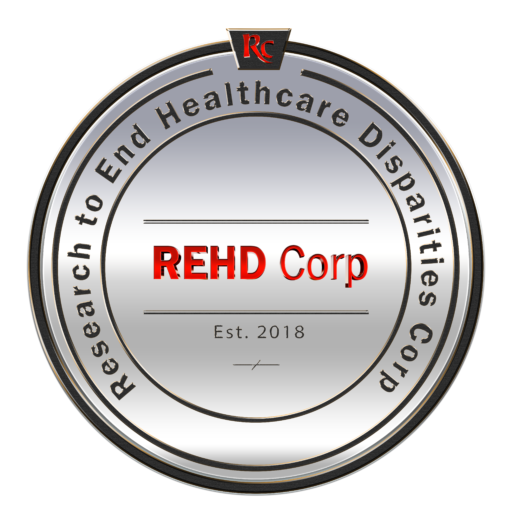



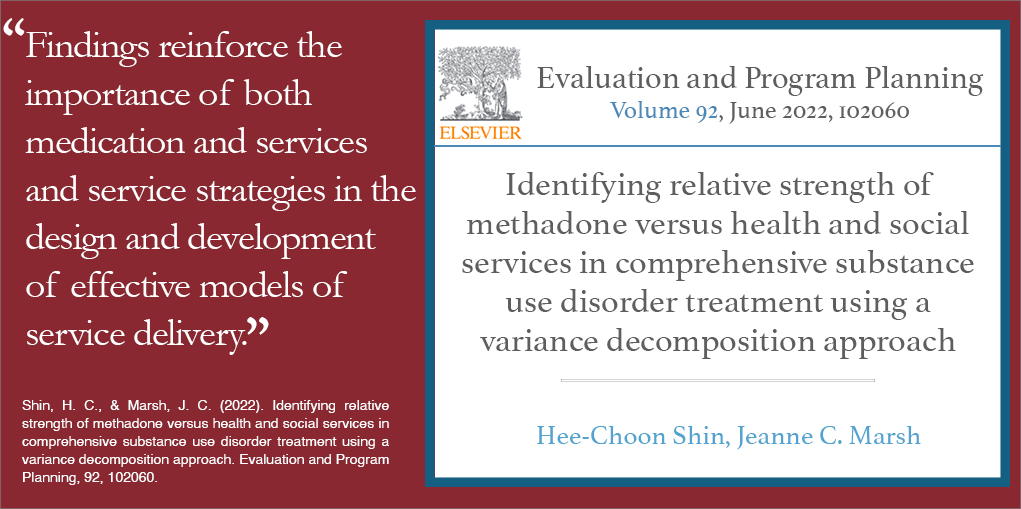
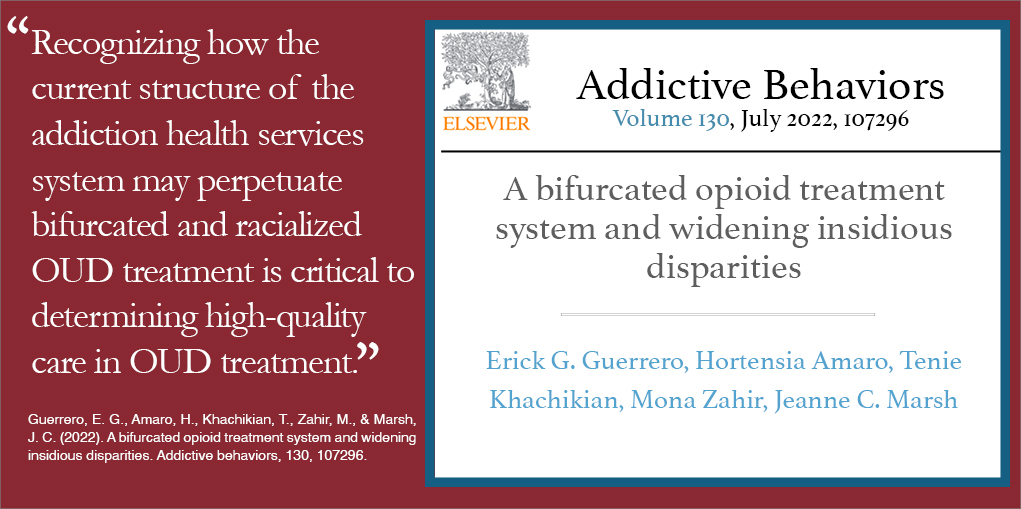
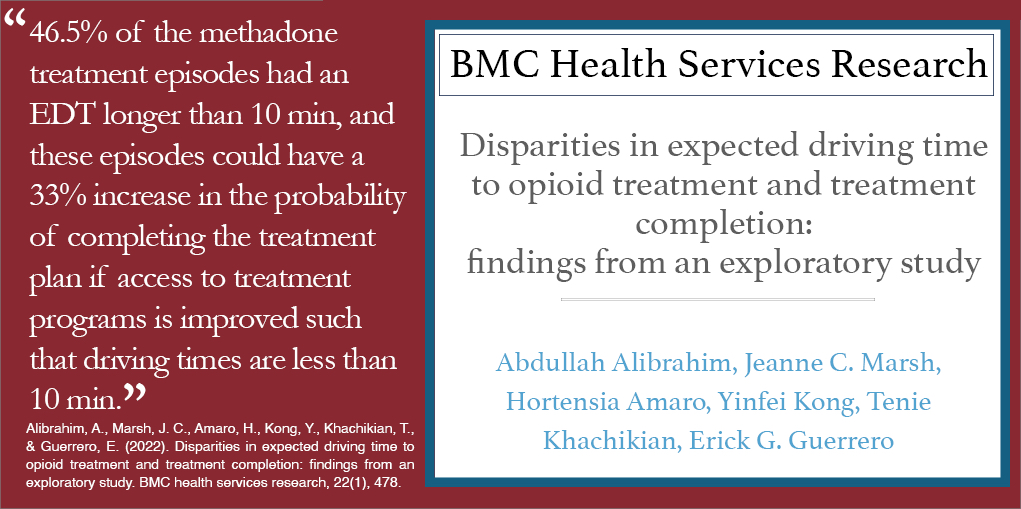
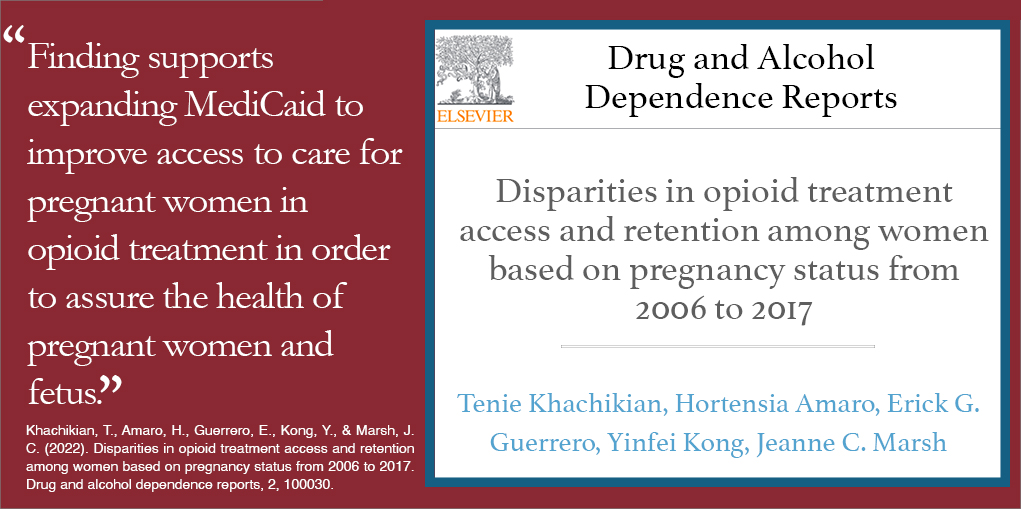
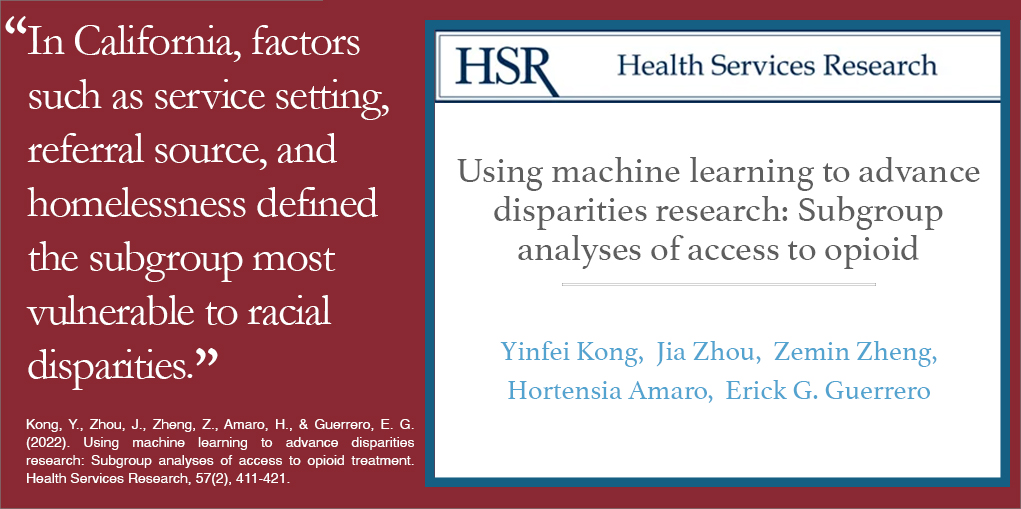
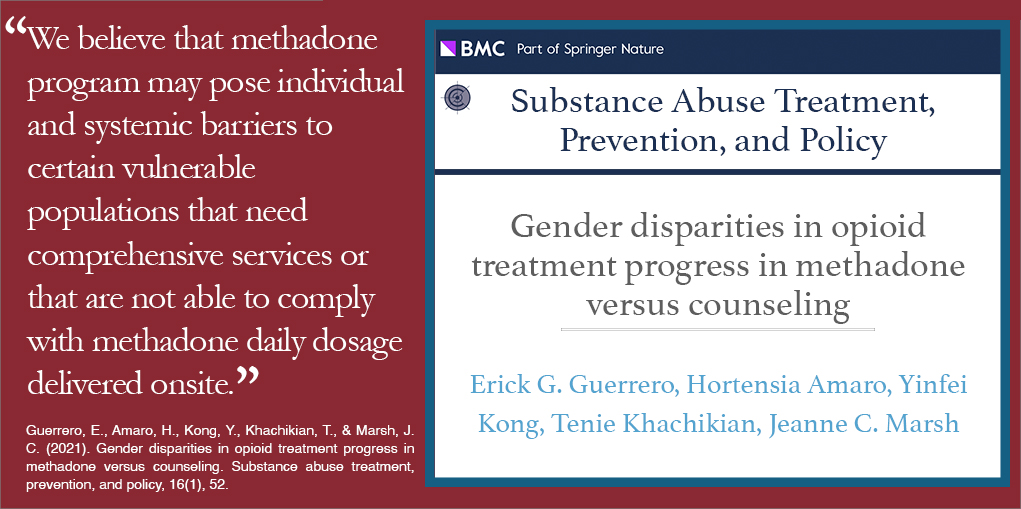
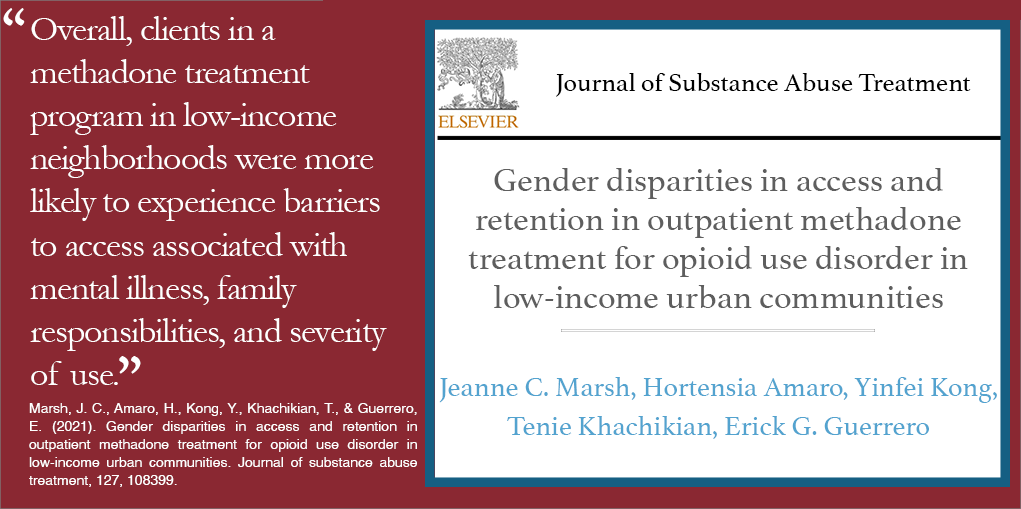
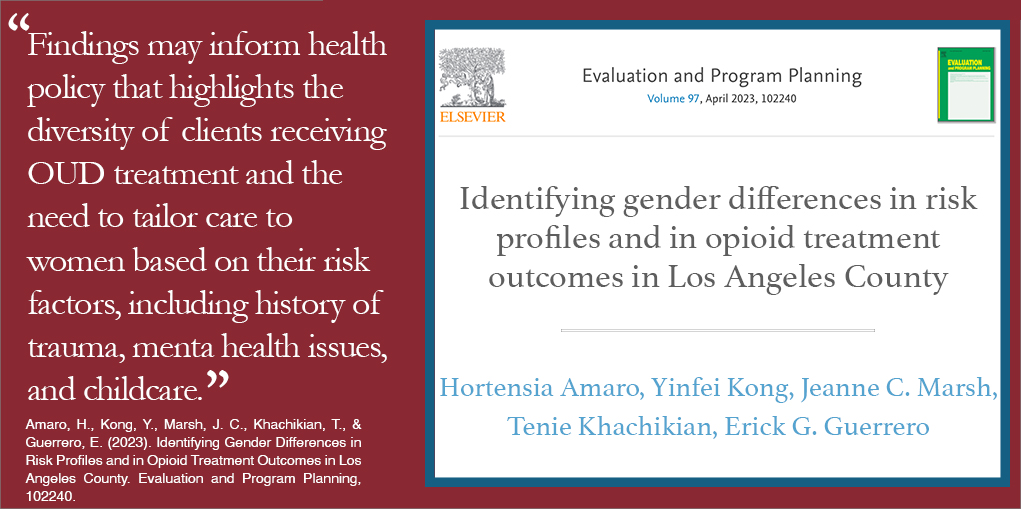
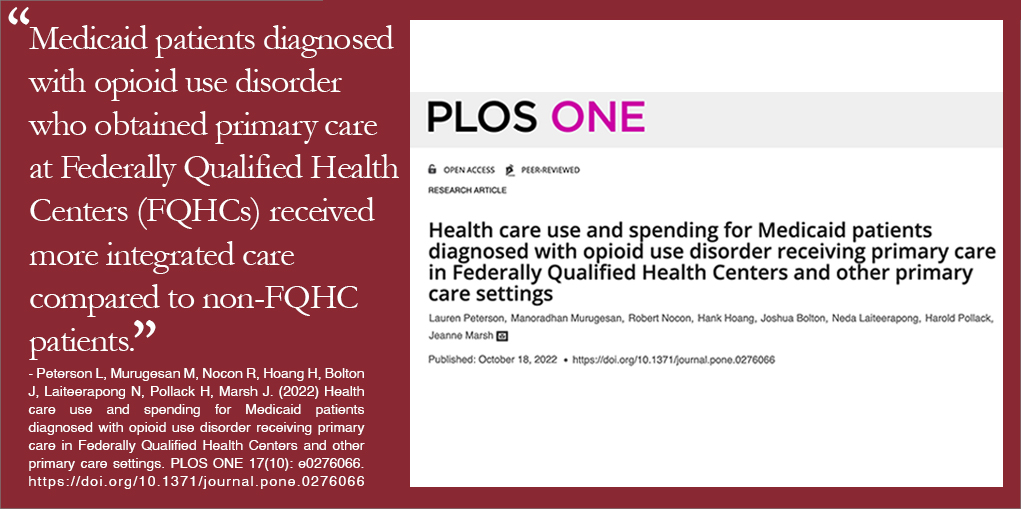
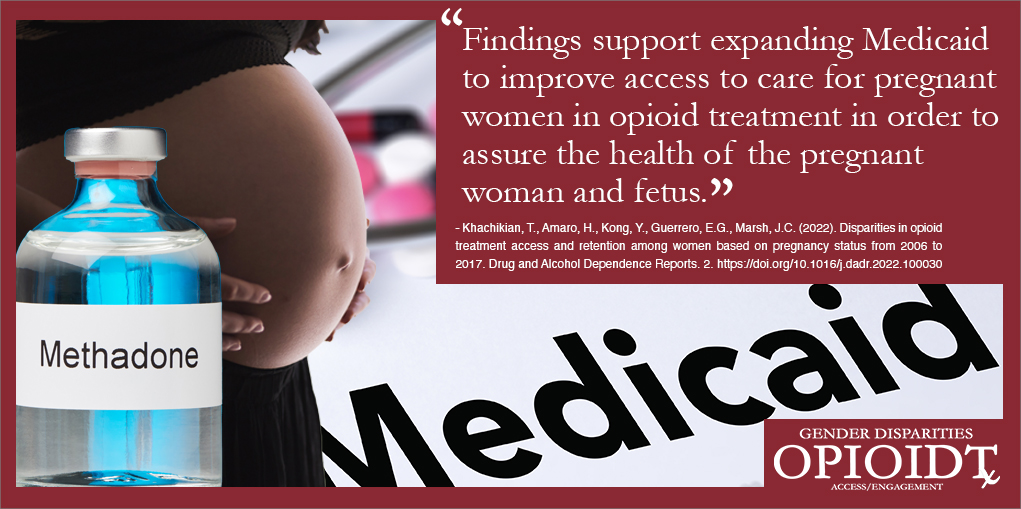



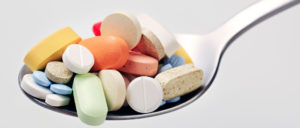

3 thoughts on “Factors that Predict Abstinence in Substance Use Disorder Treatment”
Comments are closed.